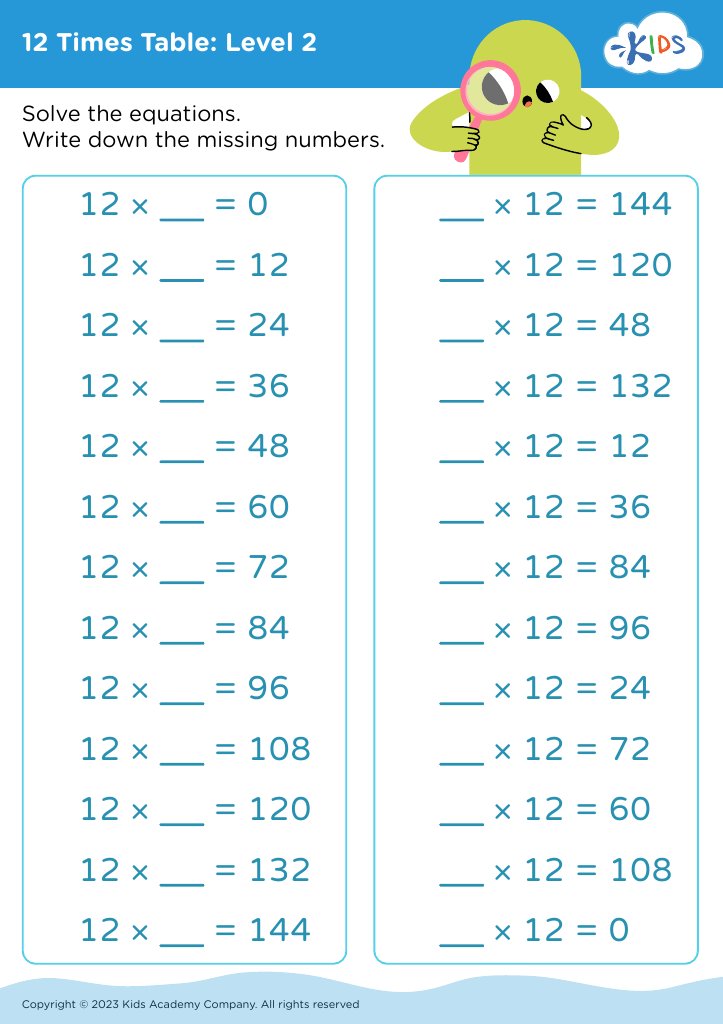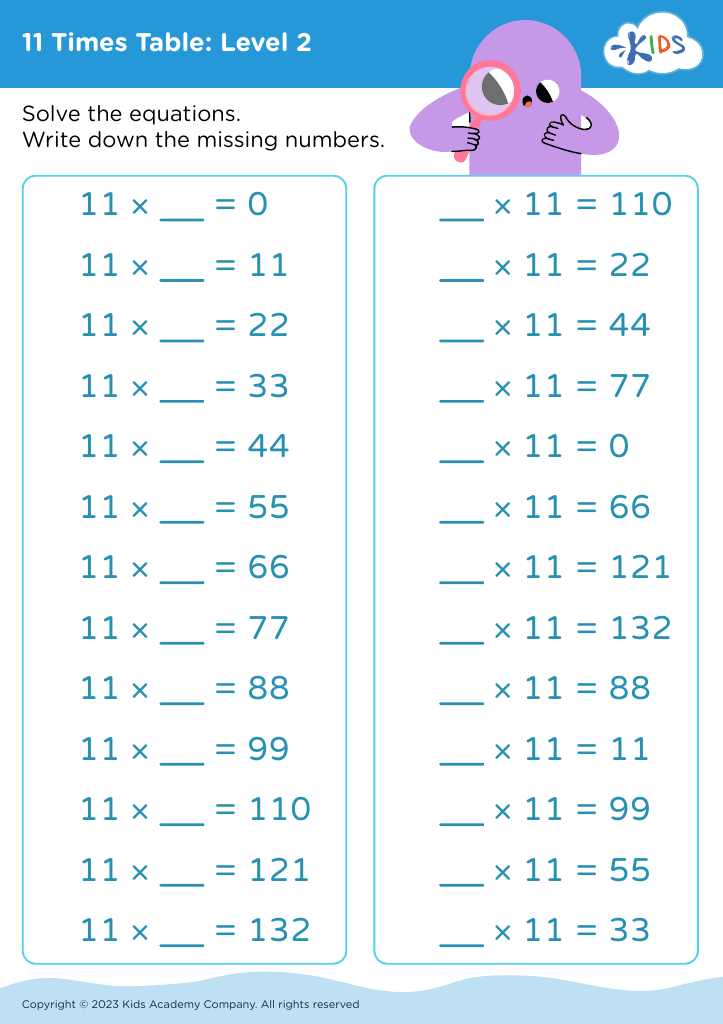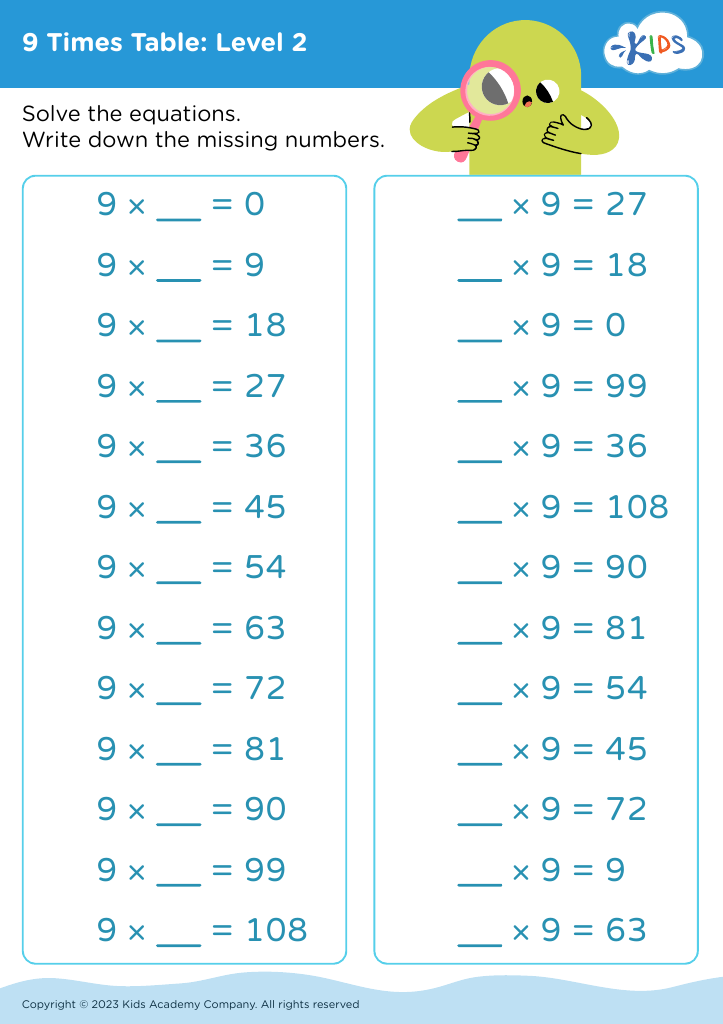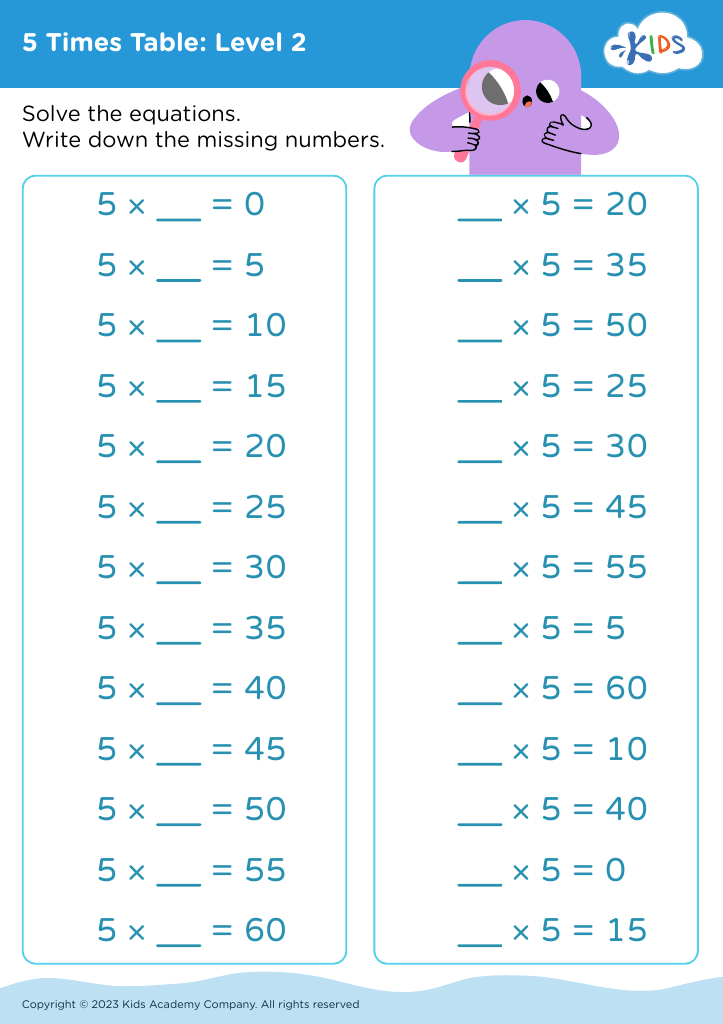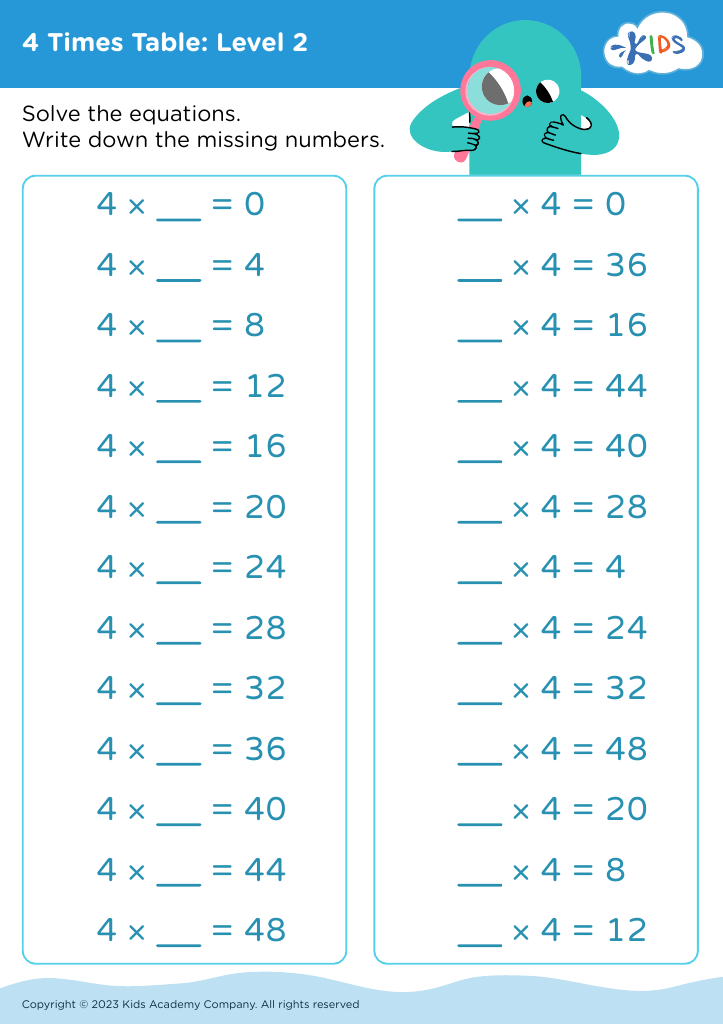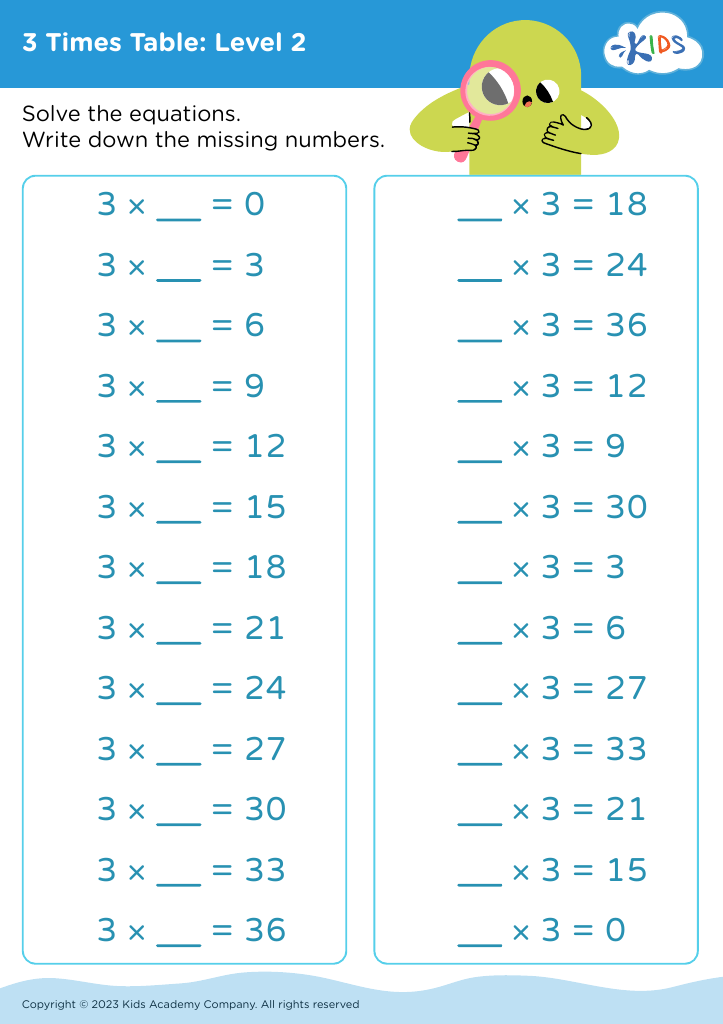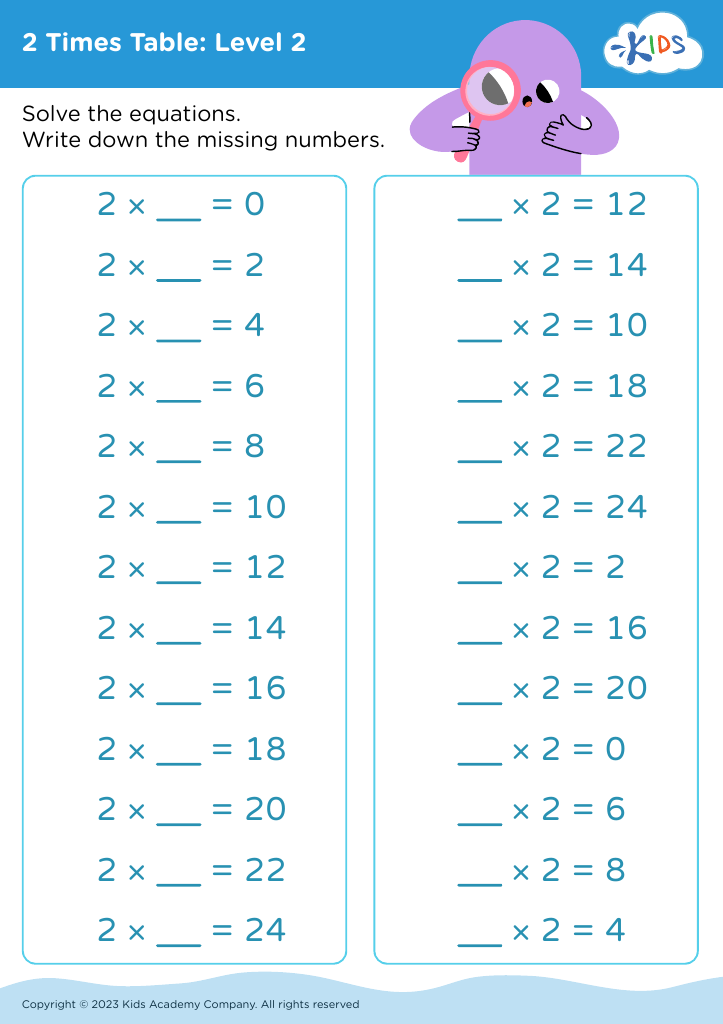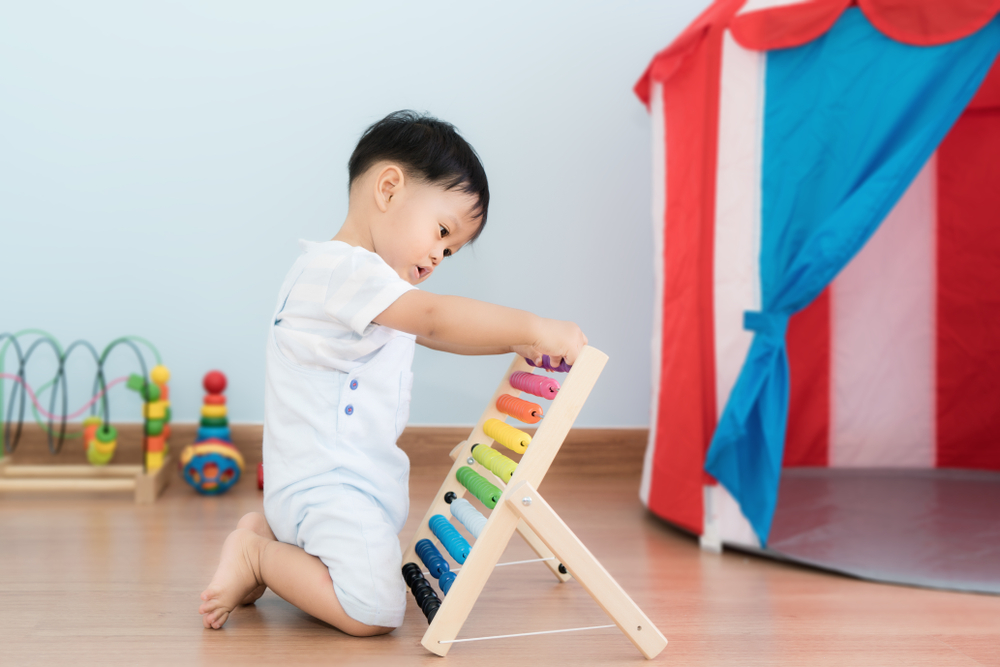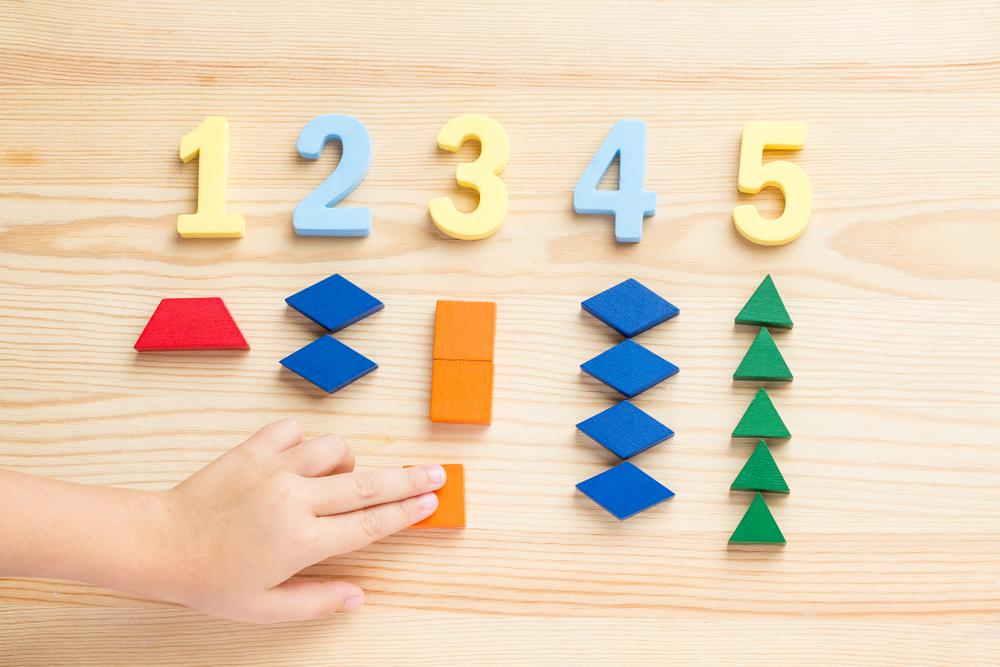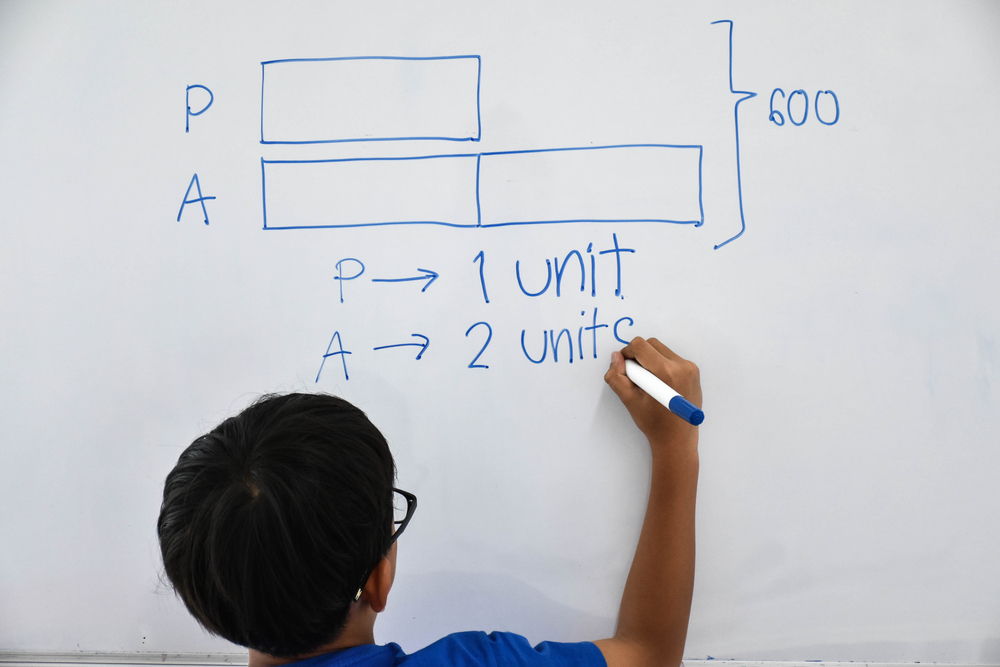Normal Multiplication Worksheets for Ages 3-8 - Page 2
46 filtered results
-
From - To
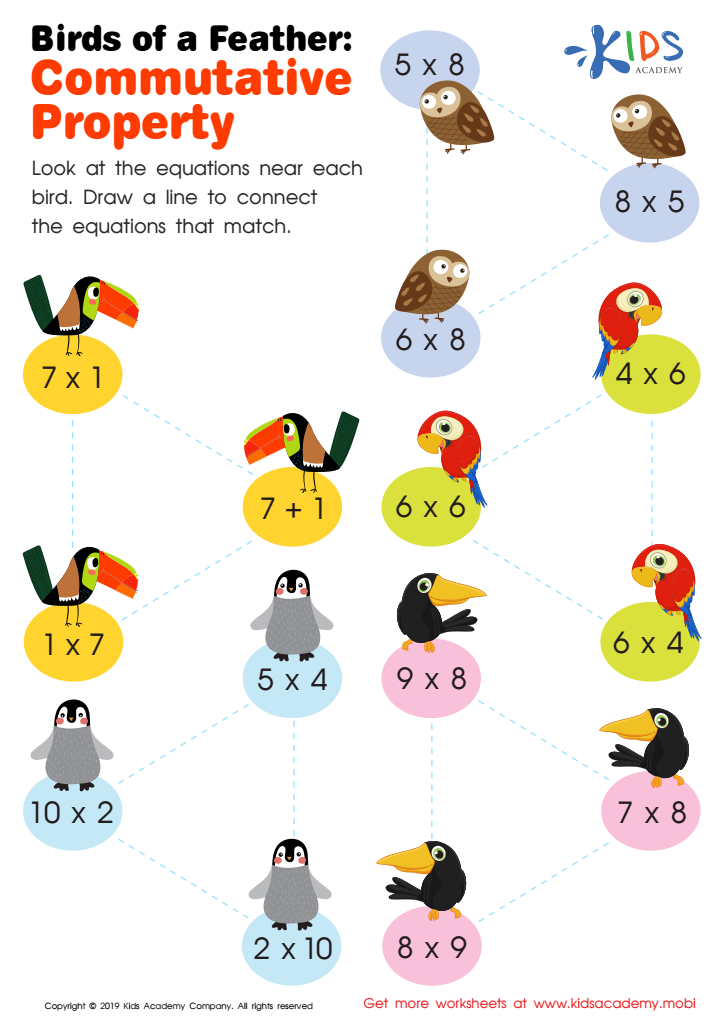

Birds of a Feather: Commutative Property Worksheet
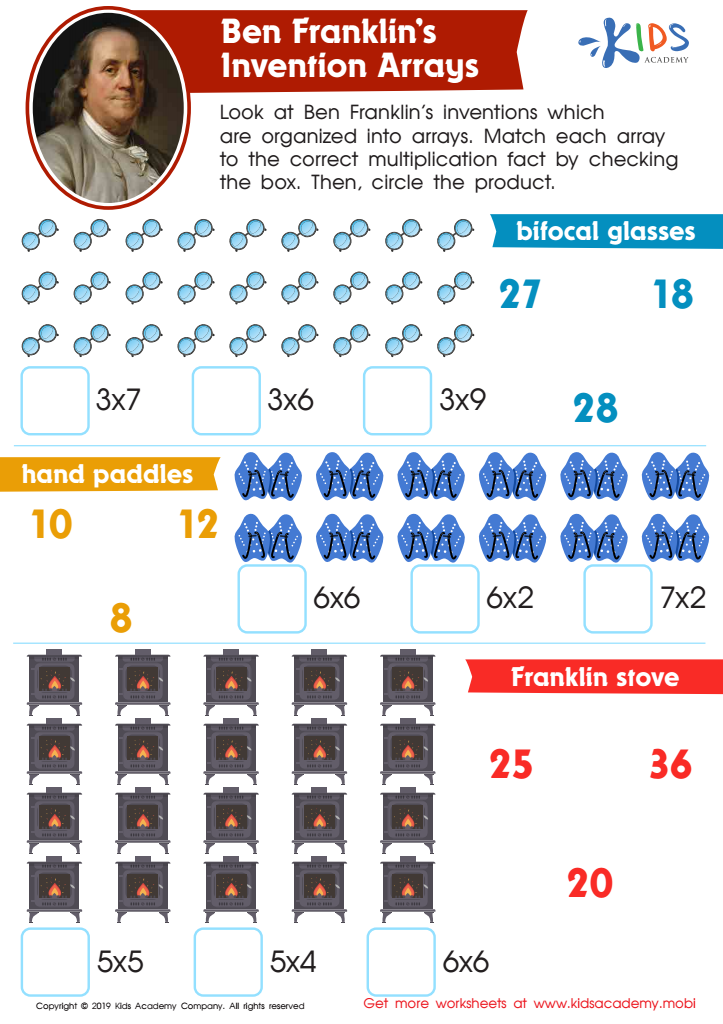

Ben Franklin’s Invention Arrays Worksheet
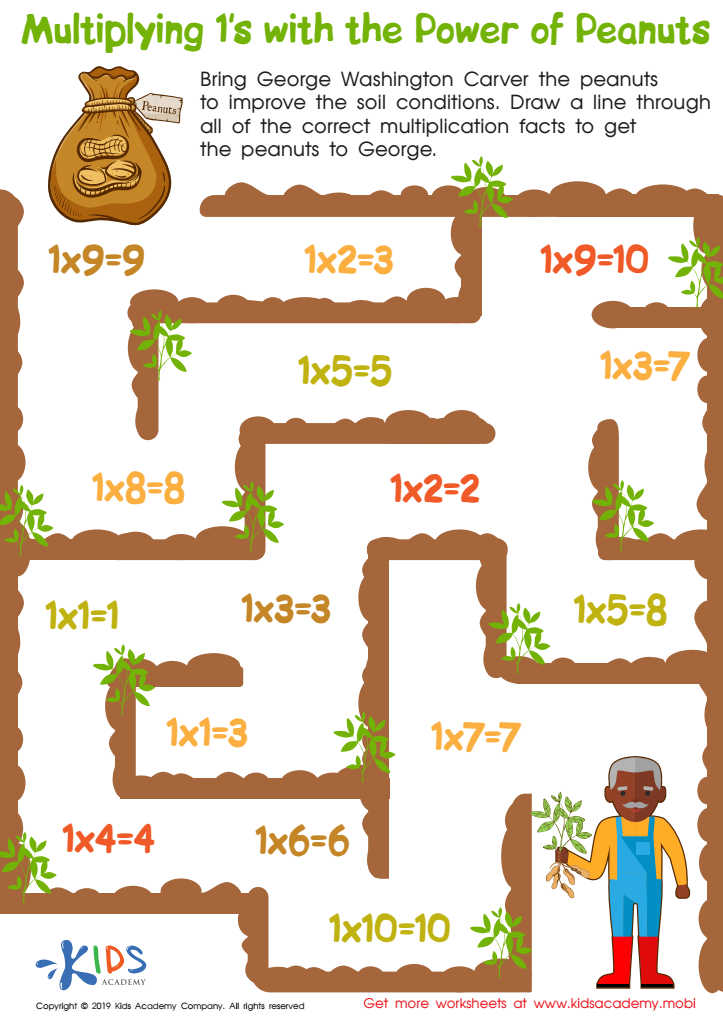

Multiplying 1’s With the Power of Peanuts Worksheet
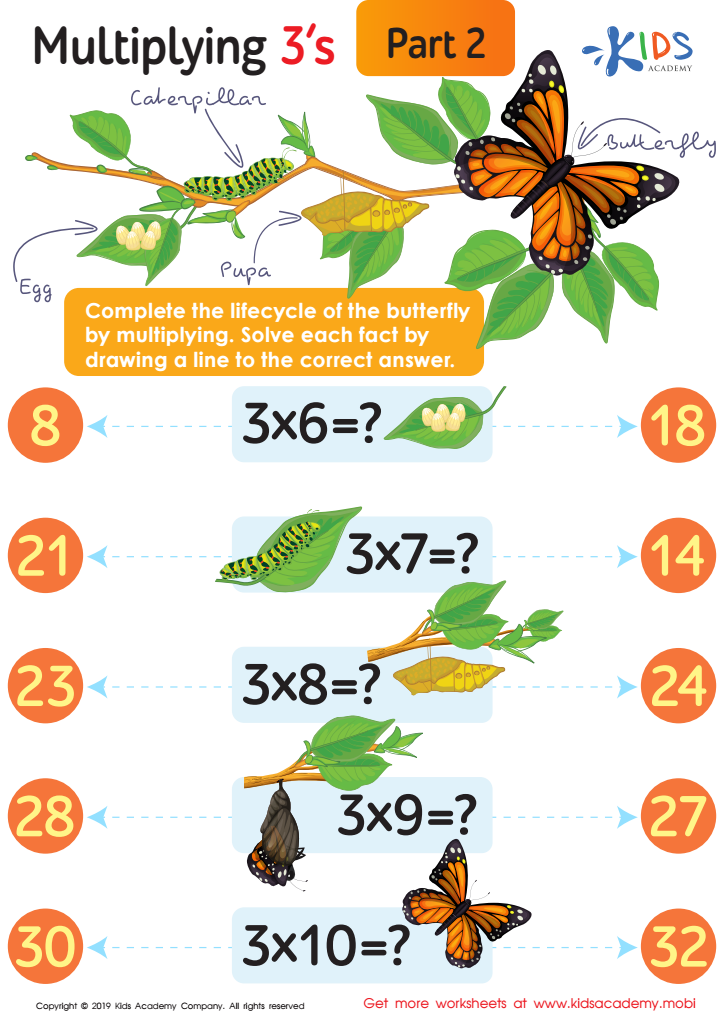

Multiplying 3s Part 2 Worksheet
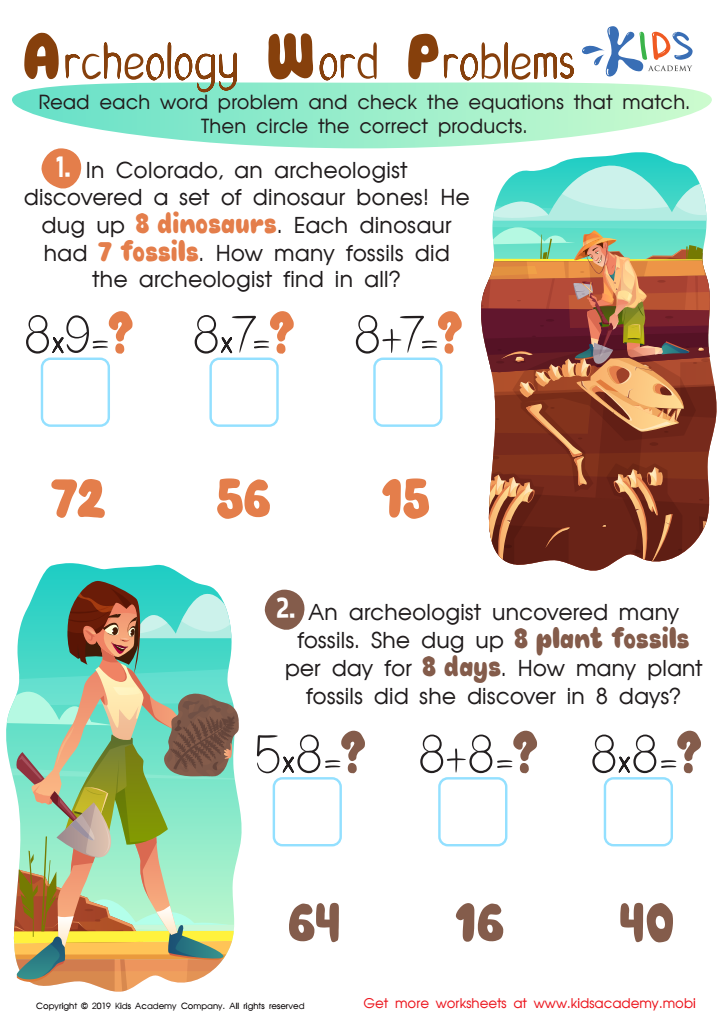

Archeology Word Problems Worksheet
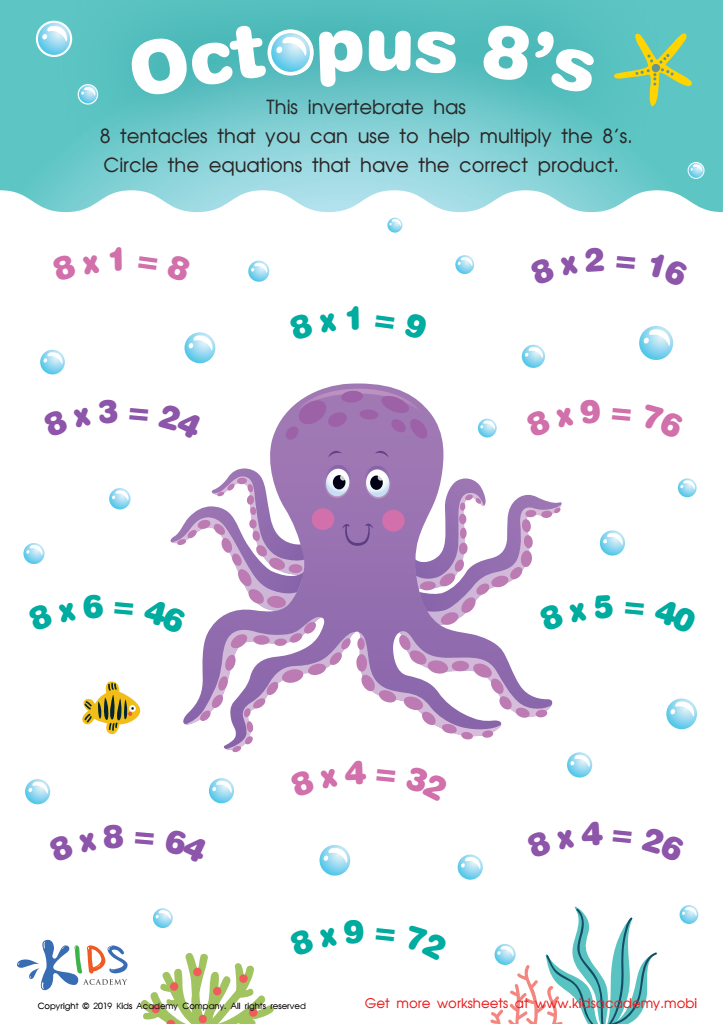

Octopus 8’s Worksheet
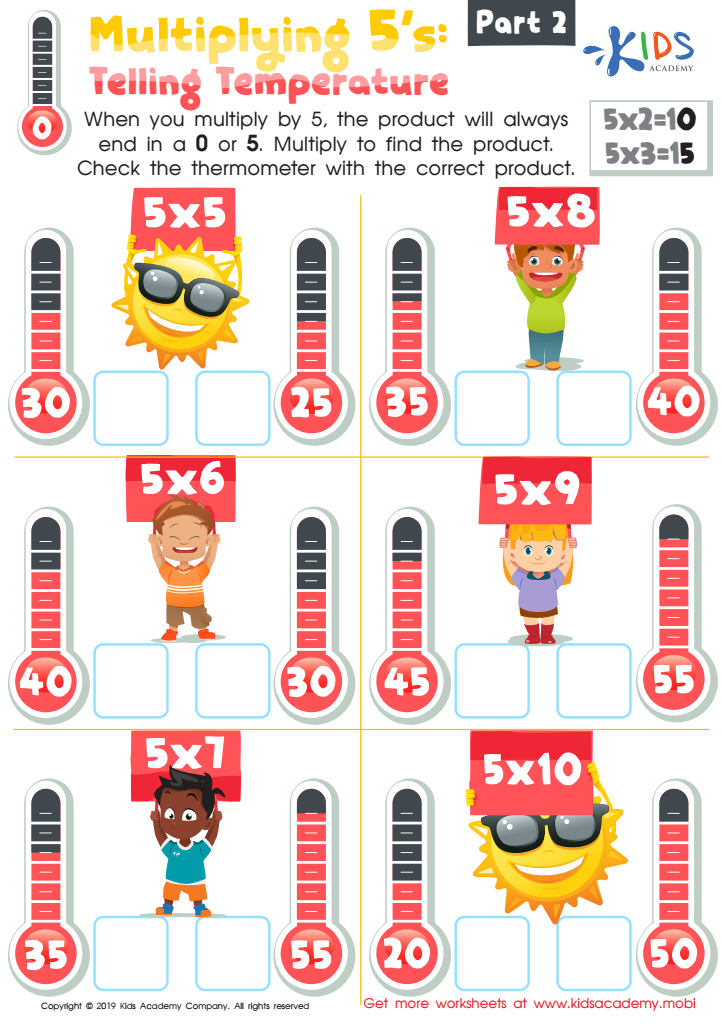

Multiplying 5’s: Telling Temperature Part 2 Worksheet
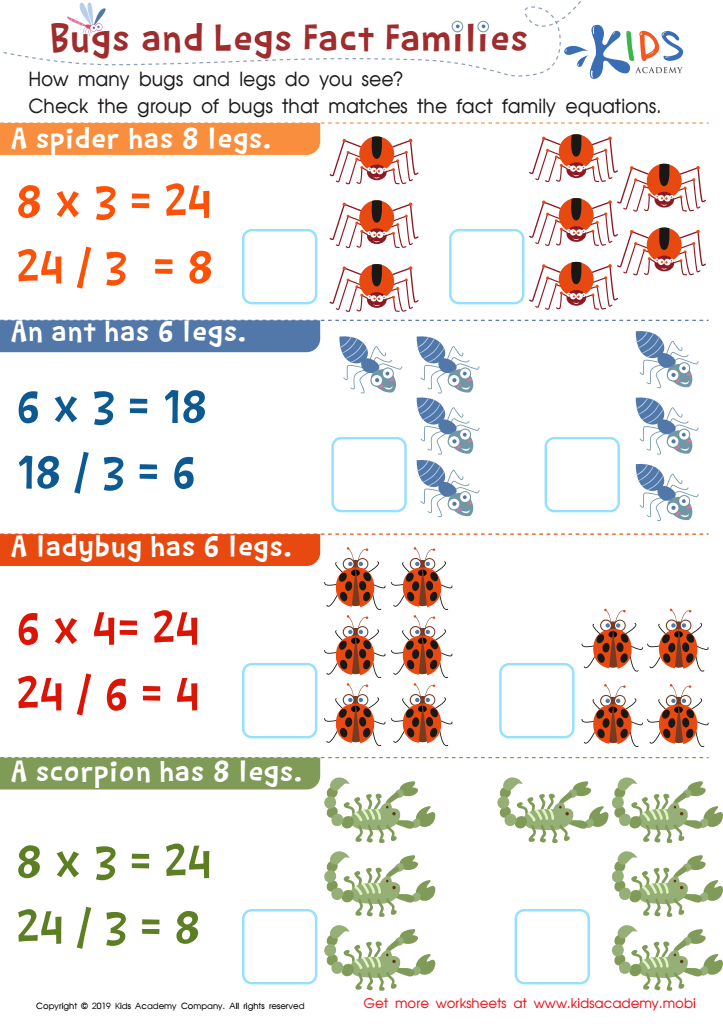

Bugs and Legs Fact Families Worksheet
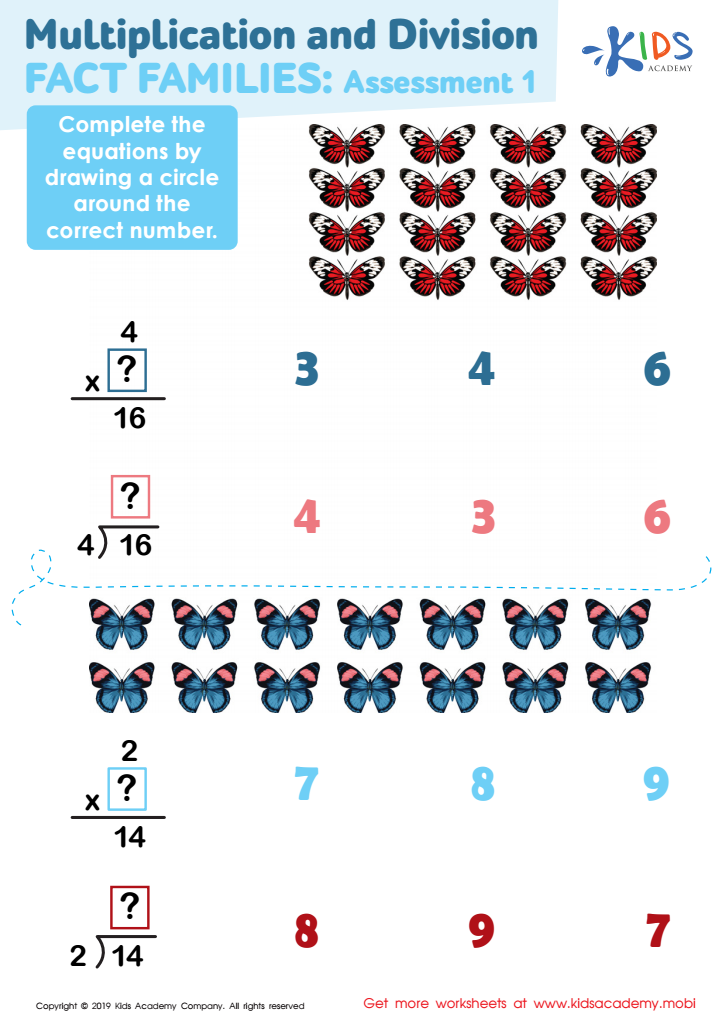

Multiplication and Division Fact Families Assessment 1 Worksheet


Multiplying 9’s Montgomery Bus Boycott Worksheet
Understanding normal multiplication is crucial for children aged 3 to 8, as it forms a foundational skill in their mathematical development. During these early years, children are naturally curious and eager to learn, making it an ideal time to introduce them to multiplication concepts. Normal multiplication helps them develop number sense, which is the ability to understand and manipulate numbers effectively.
Learning multiplication promotes critical thinking and problem-solving skills, as children begin to see patterns and make connections between numbers. Early exposure to multiplication prepares them for more complex mathematical concepts in later grades, ensuring a smoother transition as their education progresses.
Furthermore, mastering multiplication fosters confidence in young learners. When children feel comfortable with basic operations, they are more likely to engage with math in a positive way, reducing math anxiety as they grow. It also enhances their ability to tackle real-world problems, such as estimating costs or quantities.
By nurturing an understanding of normal multiplication, parents and teachers not only support academic success but also encourage a lifelong appreciation for mathematics. Ultimately, laying a strong mathematical foundation enables children to thrive in an increasingly numerate world, preparing them for future challenges and opportunities.

 Assign to My Students
Assign to My Students
